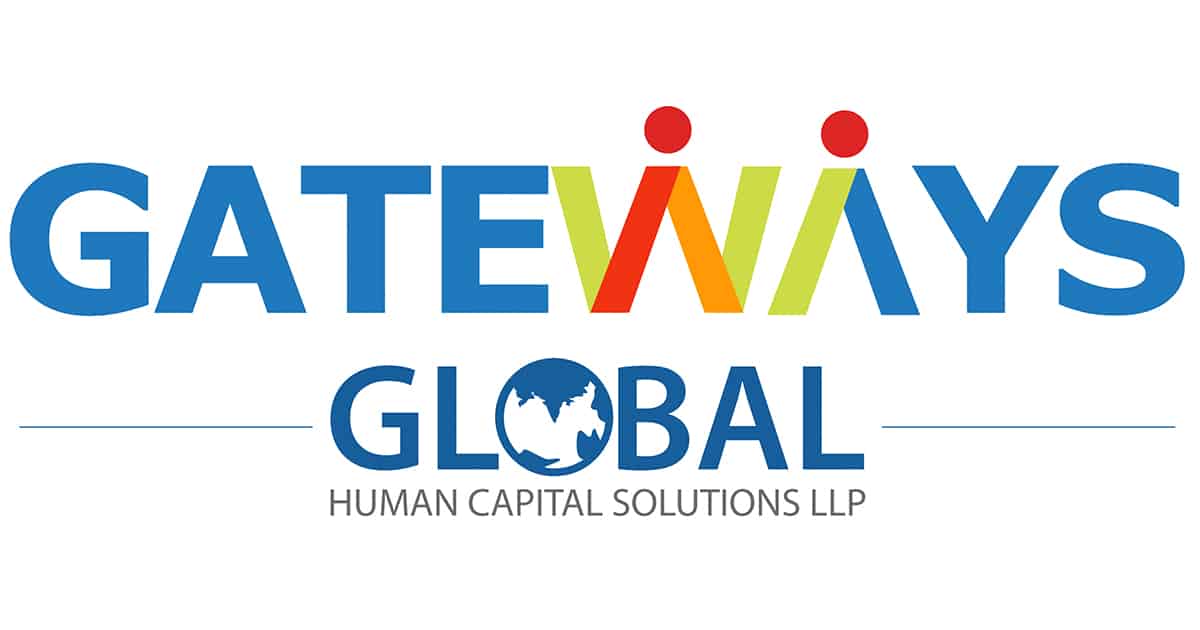In the modern competitive landscape, organisations are attempting to perform at a high level to remain ahead in the race. These can lead to inefficiencies despite their best efforts and are a barrier to growth, productivity, and profitability. This can cause wasted resources, ineffective results and low morale among your employees.
To address these issues, organisations will require a formidable solution that enables the diagnosis, analysis and optimisation of their performance. The tool is known as OrgEfficience and is indigenously built by GatewaysGlobal, which aims to assist organisations in identifying gaps; address the areas of inefficiency; align their strategy and processes to achieve peak performance.
In our experience, Various Top 4 challenges are blocking organisational efficiency of one or the other organisation – As a reliable consulting partner for numerous organisations, we have observed these 5 factors which most of the organisation is facing.
1. Poor Communication
It is misunderstanding, mistakes and delays that are often caused by better communication or poor communication channels. When teams aren’t aligned on goals or processes, they end up duplicating efforts or losing critical details. Miscommunication causes ripples throughout the organization, affecting decision-making capabilities and reducing overall efficiency. Transparent communication is the most crucial element when it comes to a team sharing information and collaborating on tasks without ambiguity.
How does OrgEfficience help: OrgEfficience assesses where people, processes, and strategies align, what gaps in communication exist between annexes, and prescribes steps that can facilitate smooth and transparent collaboration. It is thus an important step towards building an environment of collaboration and communication, both through departments and levels.
2. Lack of Employee Engagement
Lack of motivation employees can make them less productive, which negatively contributes to overall performance. Employees who see themselves as disconnected from the organization’s mission or are convinced that their work is not valued have lower engagement.
This disengagement can lead to increased turnover, decreased morale, and reduced innovation. To maintain productivity, organizations must develop an environment in which employees feel empowered and essential to the company’s success.
OrgEfficience: Reconciling People and OrganisationHow: It helps you in knowing where your employees feel disengaged, underappreciated or unsupported. This tool goes beyond the surface to provide actionable insights that, when implemented, enhance employee experience, drive motivation and create a sense of belonging by digging into the culture and leadership practices in your organization. which leads to more audience involvement. These insights enable organisations to implement targeted strategies to enhance employee engagement, retention and overall well-being, which can ultimately contribute to business success
3. Inefficient Processes
Workflow systems can be quite restrictive too—outdated practices, duplicate entering of information, or lack of clear procedures can impact efficiency greatly. Time is wasted. Tasks are done that no longer add any value. Tools and methods that are past their prime are battling the team. This results in organizations wasting time and resources, since there is no process optimization. Conduct regular reviews and updates to workflows and eliminate bottlenecks as they appear.
Our Solution: OrgEfficience is here to help, identify processes that are draining precious resources, and frustrating employees. By analysing workflows, procedures and systems, the tool highlights areas of redundancy, bottlenecks and waste, offering a clear roadmap for process optimisation. Organisations can use these insights to remove redundant/redundant steps, automate manual processes, and reimagine workflows to achieve higher efficiencies, cut costs and increase customer satisfaction.
4. No absolute objectives and guidance
If employees do not fully understand what they are working towards, or how their tasks contribute to organizational success, motivation decreases. Without clear goals, employees will feel like they are in a vacuum, not understanding the larger purpose of their work. Such misalignment results in useless expenditure of resources and energy, as people or teams may chase contradictory or irrelevant objectives. Having clear, attainable objectives to strive for can help steer efforts and keep everyone aligned.
OrgEfficience: How OrgEfficience Helped: Our tool identifies a gap between organisational strategy and objectives, and day-to-day operations, to clarify the goals and direction of organisations. It assesses the organisation’s mission, vision and values, and its goal-setting process to identify gaps and misalignments. Organisations, with this knowledge, can articulate their mission, define their outcomes in a simple and achievable way and ensure that everyone is aligned to the same strategic priorities. They have then practice by doing this they will bring clarity and allow themselves to really drive focus, productivity and ultimately better results.
5. Poor Resource Allocation
Poor resource management—be it time, money or people—can quickly create bottlenecks and block progress. Overworked, underfunded and unprepared teams fail to deliver results. Properly managing resources means that each team has what they need to accomplish their goals. Organizations should take a step back to regularly assess where their resources are going, and course correct to make sure that the people, time and money they have at their disposal are being most effectively deployed to drive performance.
How OrgEfficience Assists: This tool provides visibility to make poor resource allocation, which is a major roadblock for achieving business objectives, visible. The tool identifies inefficiencies and misallocation and waste by analysing how resources such as talent, technology and budget are being employed. Salvaging this information, organisations can redistribute resources in accordance with strategic priorities, removing waste and optimising investments made on people, processes and technology. Organisations can maximise ROI by taking informed decisions on making resource investments with an aim to improve productivity and enable sustainable growth.
All of the above pain points may feel absolutely debilitating and when they come together, you feel like you are being pulled in the opposite direction of what you want. But, imagine if you had a tool at your disposal that would allow you to overcome these issues and leverage your organisation to its fullest potential? OrgEfficience does exactly that and by utilising our propeller tool you can help to streamline processes, remove ambiguity on goals and direction, and improve engagement and productivity.


